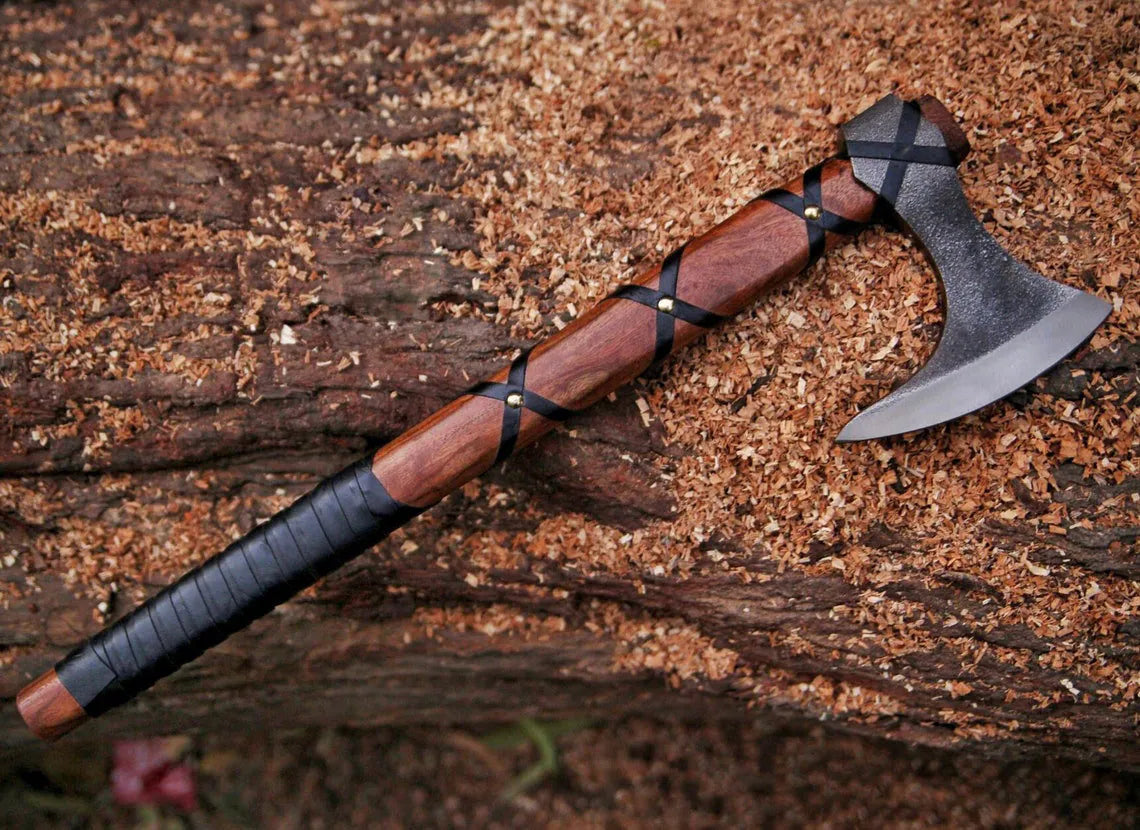Introduction: Viking battle axes were more than just weapons of war; they held deep symbolism and cultural significance within Viking society. This overview explores the multifaceted meanings associated with vikingska sekera and their importance in shaping the Norse cultural identity.
- Symbol of Bravery and Valor:
- Viking battle axes were considered symbols of bravery and valor on the battlefield.
- Warriors who wielded these axes were admired for their courage and feared by their enemies.
- The act of carrying a battle axe demonstrated a warrior’s readiness to face the dangers of battle and defend their people.
- Status and Prestige:
- Owning a Viking battle axe denoted high status and prestige among the Viking elite.
- Chieftains and prominent warriors often possessed intricately crafted and ornamented axes, showcasing their wealth and position in society.
- The quality and craftsmanship of the battle axe became a reflection of the owner’s influence and standing within the community.

- Cultural and Mythological Connections:
- Viking battle axes were closely tied to Norse mythology and the gods.
- The god Thor, associated with thunder and protection, was often depicted wielding a mighty axe known as Mjölnir.
- The symbolism of the axe as a divine weapon reinforced the idea that wielding a battle axe granted a warrior divine favor and strength in battle.
- Clan and Tribe Identity:
- The design and ornamentation of Viking battle axes could represent specific clans or tribes.
- Distinctive patterns or symbols engraved on the axe identified the owner’s lineage and tribal affiliations.
- In this way, the battle axe served as a symbol of group identity and unity within Viking society.
- Ritual and Ceremonial Use:
- Viking battle axes played a role in various rituals and ceremonies.
- They were used in religious rites, such as sacrifices and burial rituals, as offerings to the gods or to honor fallen warriors.
- Ceremonial battles and mock combat were also performed during festivals and celebrations, where battle axes were central to the display of martial prowess.
Conclusion:
Vikingska sekera held rich symbolism and cultural importance in Norse society. They represented bravery, status, and divine connection while forging a sense of identity and unity among tribes and clans. Beyond their practical use in warfare, these axes served as powerful symbols of the Viking spirit, reflecting the courage and honor that defined these legendary warriors of the North.

